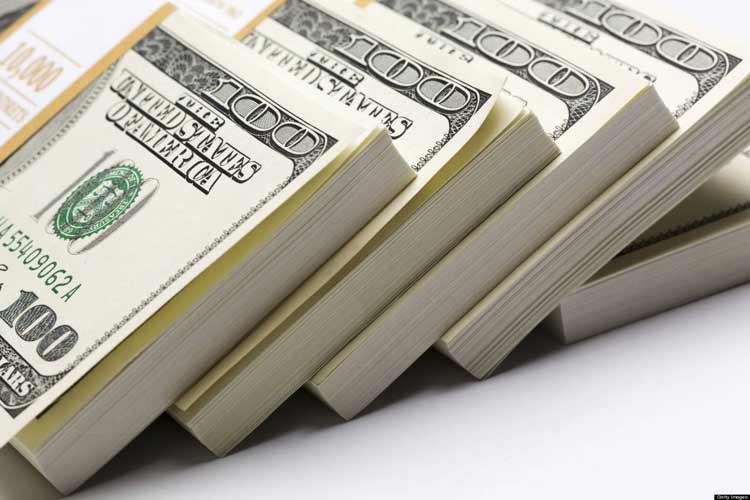Bankroll Management
Bankroll Management in Horse Betting

Budgeting Money and Time
Before depositing into your online race book, decide in advance how much money will be put at risk. (Some players also budget as well how much time will be devoted to betting on horse races.) For purposes of this discussion, assume the bankroll is $100, which is a conventional hypothetical budget. The idea then, is to make the bankroll turn into more money by the end of the time budget (coming out a net winner), or at least to last long enough to have a good time (getting enough fun to justify losing $100). No one recommends taking out more money in excess of the budget to try to chase after the budgeted money that has already been lost. Typically, if you were not doing something right before, then the odds disfavor a change of outcomes when the betting becomes more desperate. This is the behavior of the visceral, ignorant and impulsive player, driven by the adrenal glands, or some other part of the body other than the head. It is simply wise time and money management to set limits, so you will know when you're done.
Planning to Win
Many people adopt rules about winnings. Do winnings return to the bankroll and add to the betting resources (or make up for any losses)? Do they go into a separate pocket for a trip to the steakhouse later? There are no hard and fast rules, of course. But having some plan for how the story unfolds is a good idea. It helps you know when the day has come to a close, and whether it was a good one or not. Keeping tabs on winnings and losses is, of course, essential if one hopes to improve skill at handicapping. One benefit of planning to win is that it creates a positive expectation in the player. Though science may not easily confirm it, any experienced gamer will confirm that the player who expects to lose will in fact lose more than the player who expects to win.
Rethinking the Rules
Thinking through minimum and maximum bets is something that needs to be revisited from time to time, in accordance with improvement in one's handicapping skills and experience.
Minimum Bet Size
Bet size is a concept with little in the way of strict calculation. Most players have a "minimum bet," which represents how much they are prepared to risk when they don't have strong convictions about the overlay, and just want to stay "in the action." This is usually $2, for the $100 bankroll, but can be much more than that for the non-recreational gambler, who has figured out how well he has to do in order to make a target "hourly rate." (Hourly rate is the hypothetical per hour earnings of a professional gambler, a concept not usually pertinent to the vacationer in Las Vegas.) Many seasoned horseplayers recommend that the minimum bet be about 2% of the bankroll, to provide "staying power" if the string of random outcomes is unusually perverse on a given race day. There is no magic to this number. It may just be the result of comparing the standard $2 bet to the standard $100 race day budget. This bet is often referred to as an "action bet."
Larger Bets
Most players then apply a multiple to the minimum bet to decide on how much to wager on a promising horse in a promising race. Much depends on the size of the overlay or edge: the discrepancy between the public's betting appraisal of a race and the wagerer's own judgment. The reason that a multiplier is used is in part to make things easy to calculate, and in part to make keeping track of performance a little easier. If one always bets in multiples of the minimum bet, then evaluating the handicapping in terms of financial results is a little easier, as the bets are, in a sense, all in the same units. The multiplier may affected not only by the size of the overlay, but also by how much confidence the horse player has in his non-conformist judgment. When someone refers to a "solid overlay," it means there's no skepticism about it.
Maximum Bets
Most players also have a "maximum" bet, meaning that even in the face of a "sure thing" it is not prudent to overburden the bankroll, perhaps ending the race day prematurely. This might be 4x the minimum bet on straight bets, and 6x the minimum for the more complex, exotic bets. The idea is to imagine how the bankroll would look if the bet were a total bust. If it would be hard to keep playing, then the bet is probably too large. When there is a "prime bet" - usually a straight bet with a very solid expectation of being a winner -- the "max bet" may be called for. It is good to find two of these, if possible, on any given outing to the track or race book, just to keep the bankroll in good repair. The "max bet" for exotics may be large just because of the multiplication of combinations. If the bankroll can't comfortably take a hit of a significant percentage, then the maxed out exotics might have to be avoided, or better, restructured to lower the cost of the ticket.